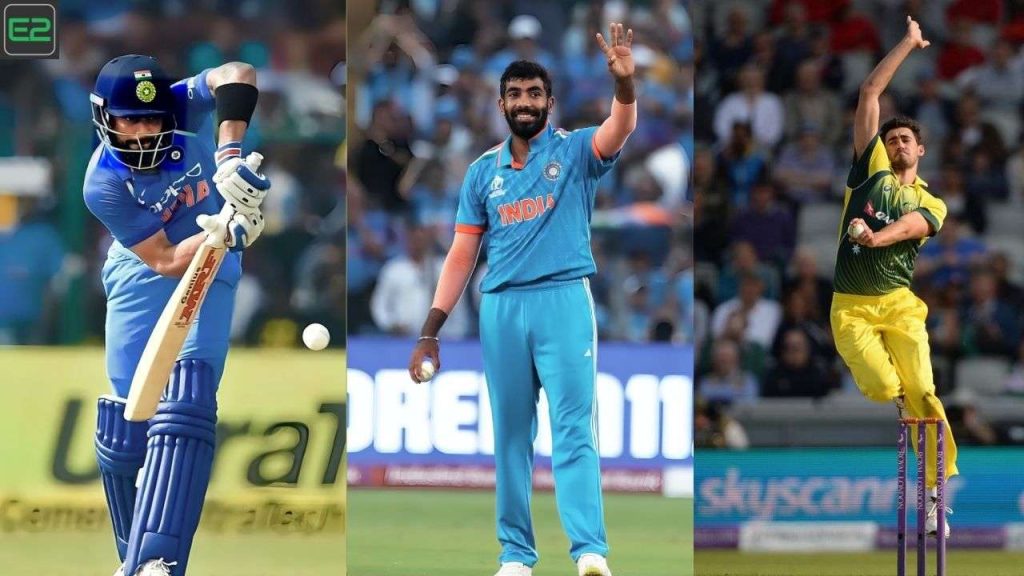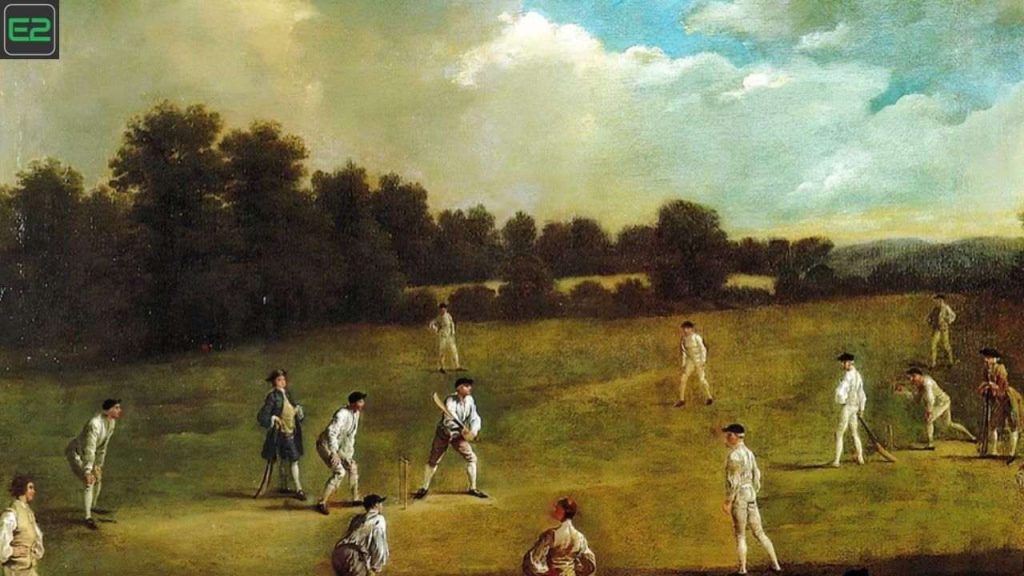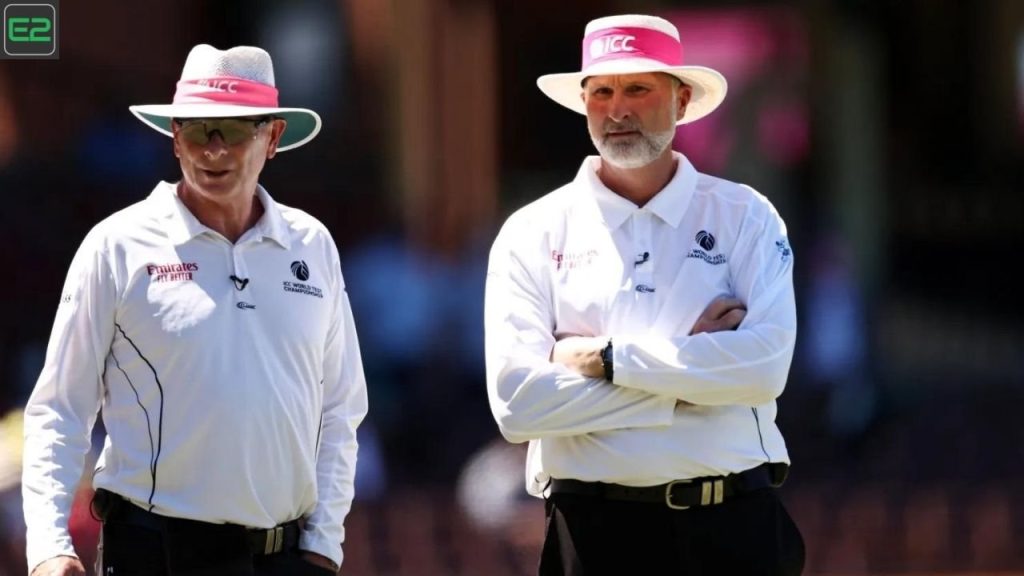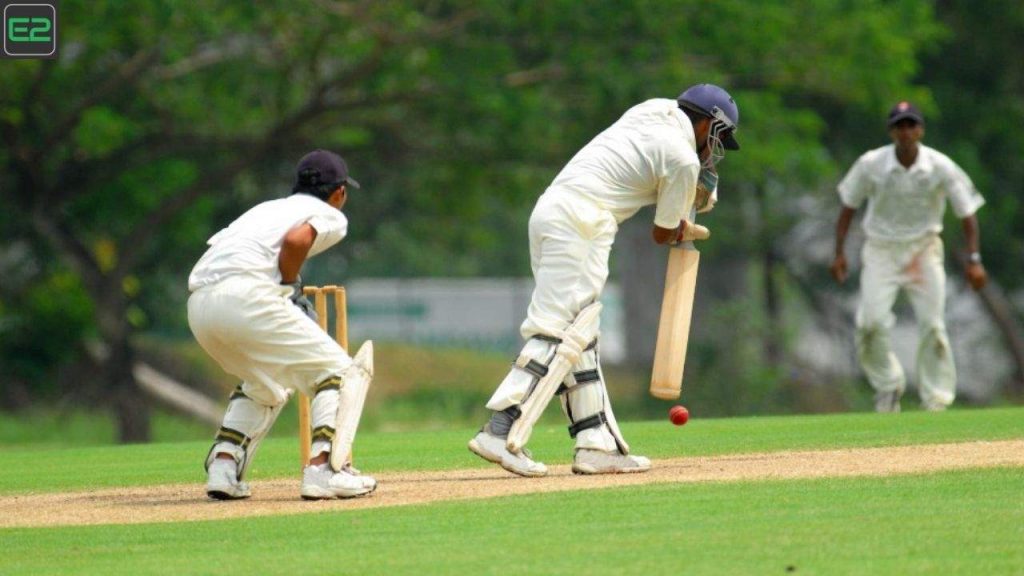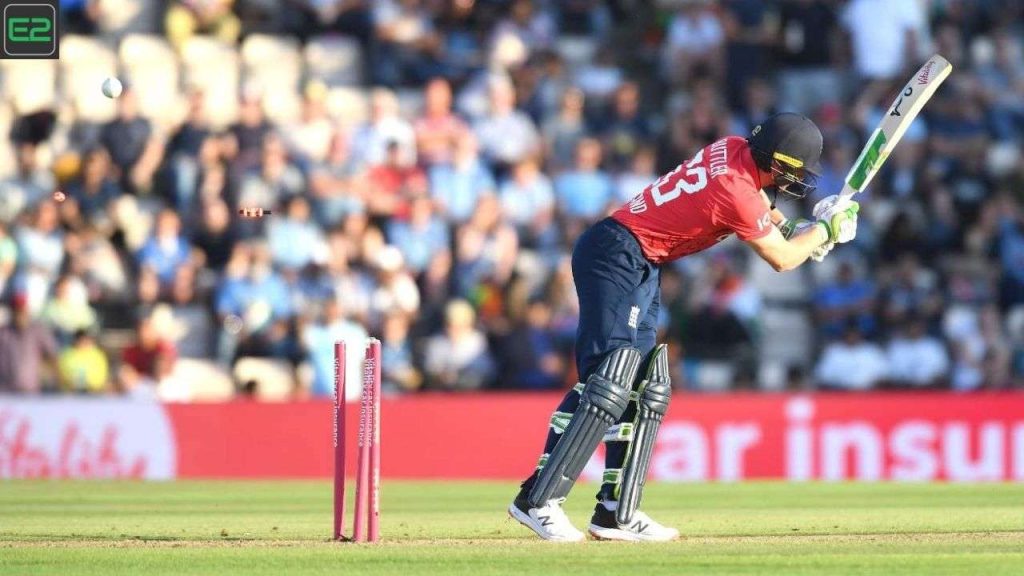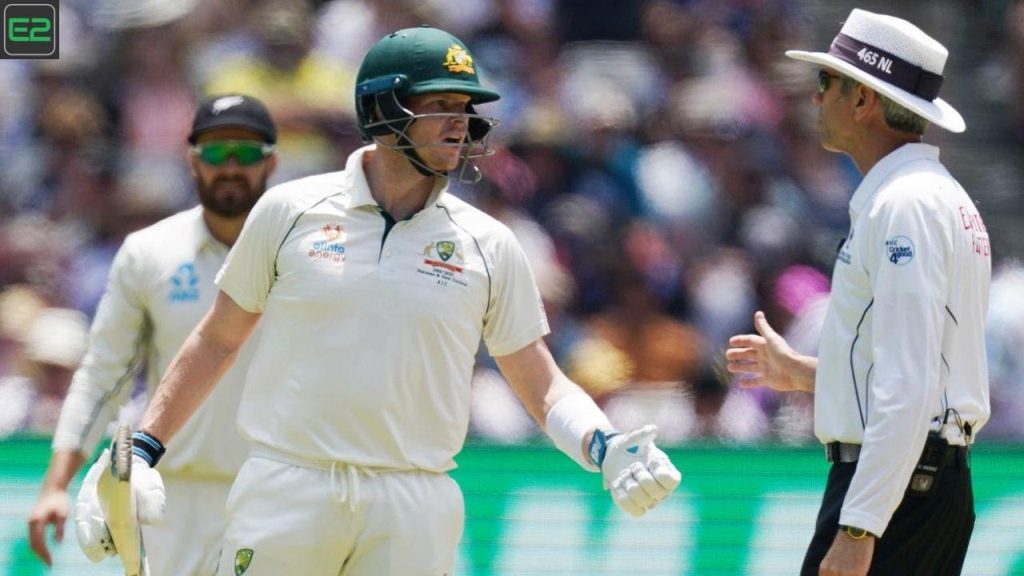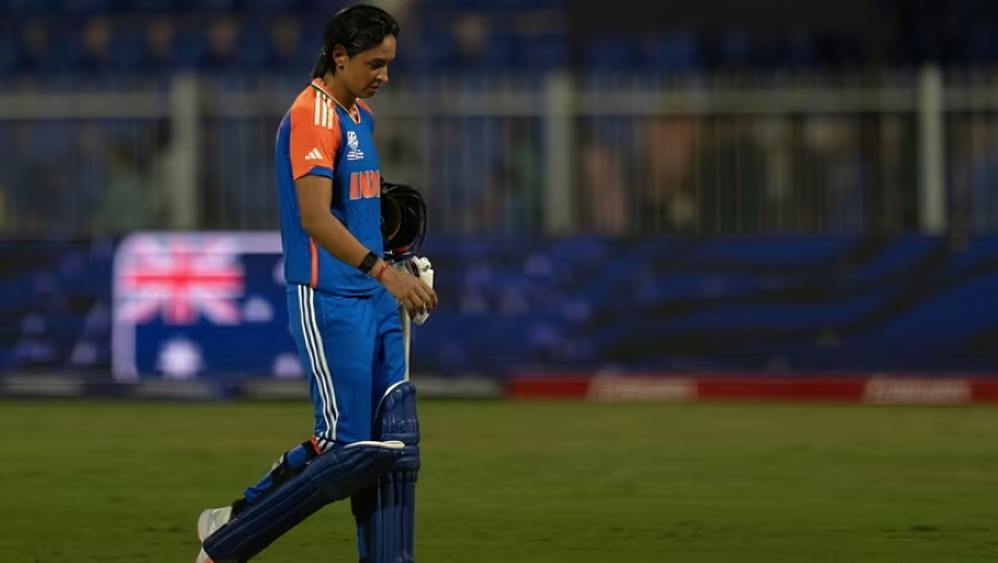The term LBW stands for “Leg Before Wicket” and was first introduced into cricket rules in 1774. But what exactly does it mean? Until recently, LBW decisions heavily relied on the on-field umpire’s quick judgment and personal interpretation, making it prone to human error and often stirring heated debates.
In recent years, however, technological advancements such as video replays, ball tracking, and the Decision Review System (DRS) have helped to make LBW calls more accurate, reducing human error significantly. Still, whether with or without these aids, the LBW decision remains one of the most challenging calls for an on-field umpire to make in the game.
Here’s a look at the rules and history of the LBW in cricket:
Table of Contents
LBW Rules
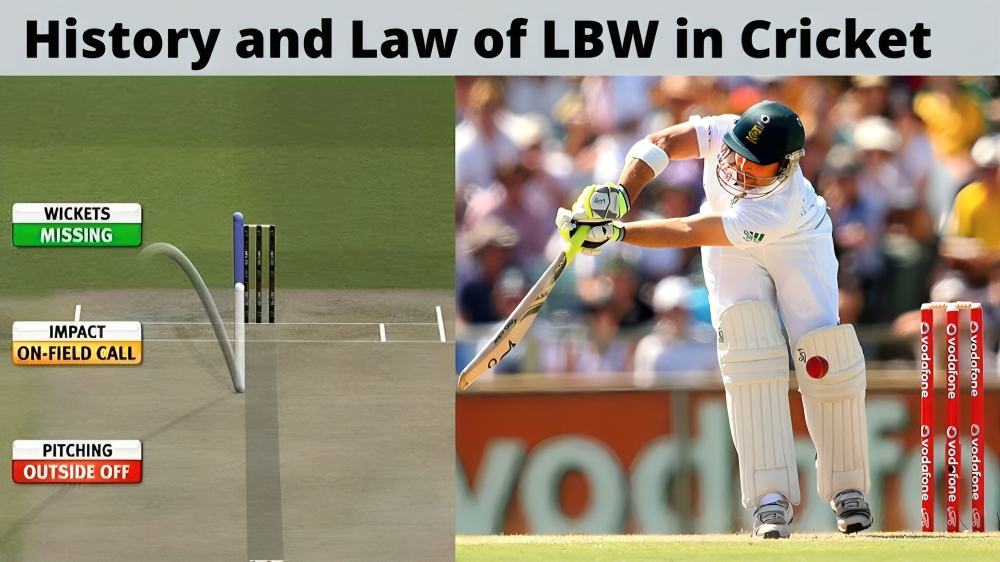
In cricket, a batsman is out LBW (Leg Before Wicket) if they obstruct a ball headed toward the stumps with any part of their body, excluding their hands. Hands, up to the wrists, are considered part of the bat and are protected by gloves, which are also treated as an extension of the bat.
Legitimate Delivery: The ball must not be a “no-ball” (illegal delivery).
First Point of Contact: If the ball strikes the bat or hands first, then the body, LBW cannot be given, even if other criteria are met. A simultaneous impact with the bat and body is also considered as “bat first.”
Ball Pitching Line: If the ball pitches (bounces) in line with the stumps or on the offside, LBW can be considered. If it pitches outside the leg stump, LBW cannot be given, even if it swings or spins toward the stumps.
Point of Impact:
If the ball impacts the batsman’s body in line with the stumps and the conditions above are satisfied, this is known as a “plumb LBW.”
If the impact is outside the off stump, the batsman must not be offering a shot. If they attempt a genuine shot and miss, it is not out.
The determination of a “genuine” shot can be challenging, even with video assistance, as it’s often up to the umpire’s interpretation.
Additionally, if a ball is deemed likely to clip the bails, the batsman can be out LBW as long as the other conditions are met. Following recent rule changes, the bails on top of the stumps are now considered part of the wicket, expanding the possible scenarios for an LBW dismissal.
Finally, for an LBW appeal to be considered, the fielding team must appeal formally to the umpire. Although named “Leg Before Wicket,” any body part (except the hands) obstructing the ball’s path to the stumps can lead to an LBW dismissal, though in practice, it’s typically the legs or protective pads that are involved.
Read: The Ultimate Guide to Selecting the Perfect Cricket Bat
History of LBW
The LBW rules are furnished under Law 36 of the Marylebone Cricket Club’s (MCC) Laws of Cricket, which governs the rules of the game.
The earliest known version of Laws of Cricket, dating back to 1744, however, doesn’t have any mention of LBW directly. Bats used in England at that time were curved and it made batsmen blocking all the wickets very unlikely.
Umpires, though, were given the power to penalize players if they were ‘standing unfair to strike’ under a clause in the 1744 iteration.
As bats became straighter in the following years, batsmen often started to block balls from hitting the wickets intentionally using their pads, which at the time was referred to as pad play.
This made the game somewhat boring and unfair to bowlers which prompted a rule change in the 1774 draft of the laws. The earliest iteration of the LBW rule simply stated that the batsman would be given out if they deliberately stopped the ball from hitting the wicket with his leg.
The rule has been tweaked and revised multiple times to date to form the LBW rules we know today in cricket.
The first-ever player to get out of LBW in international cricket was England’s Harry Jupe. In the first Test match between Australia and England at the Melbourne Cricket Ground in 1876, Jupe was trapped leg before wicket for 63 by Aussie pacer Tom Garrett.
The first Indian batsman to get out via LBW was Naoomal Jaoomal, who was dismissed for 33 by England’s Walter Robins in a Test match at the Lord’s in 1932.
In the same match, CK Nayudu, India’s captain, became the first Indian bowler to take a wicket through the LBW rule after removing Eddie Paynter for 14.
The one-off Test at the Lord’s was the Indian cricket team’s first official Test match.
Great Britain’s tailender Harry Corner was the first batsman to be adjudged LBW in the one-off Test match played at the Paris 1900 Olympics. He was trapped in front of France’s W Andersen.


